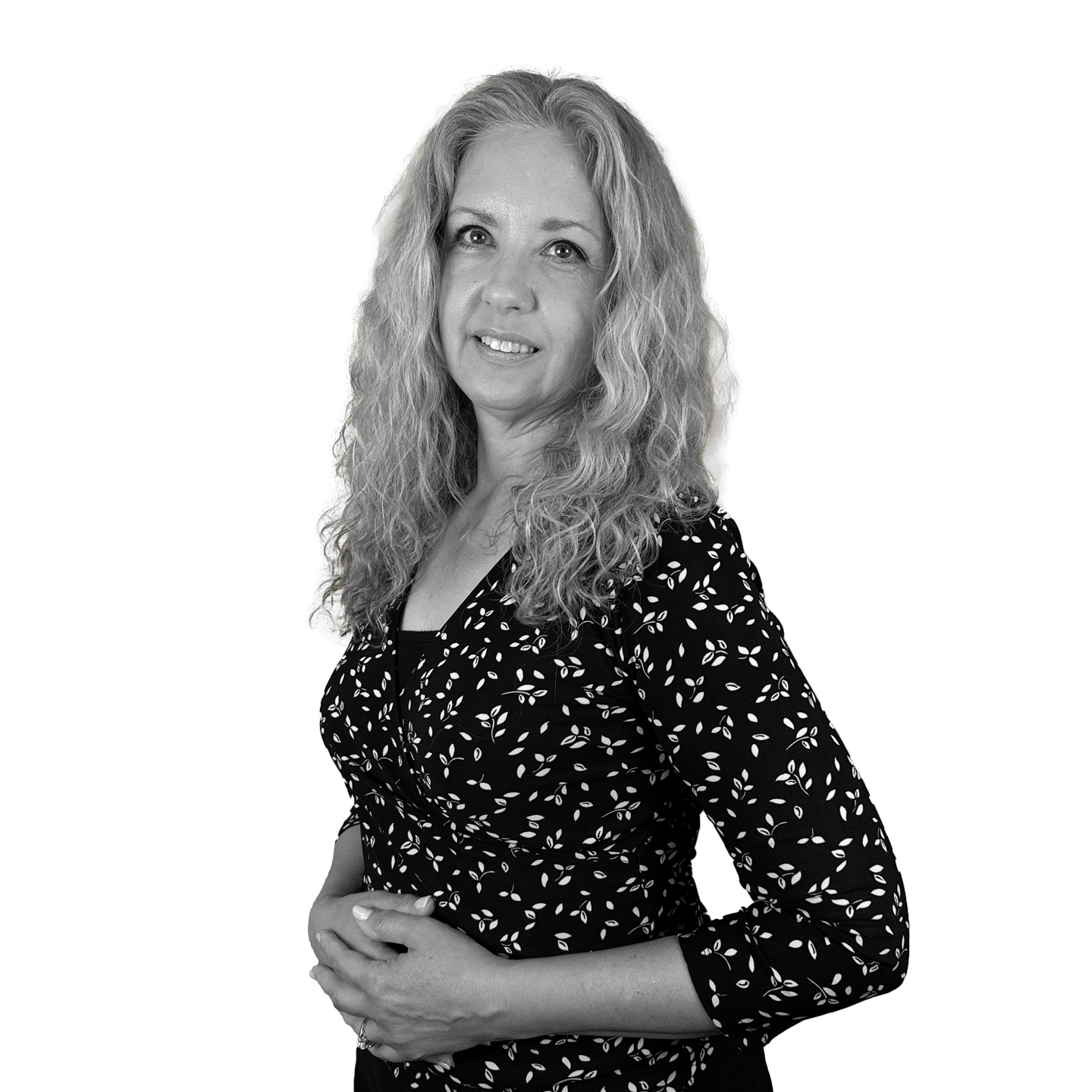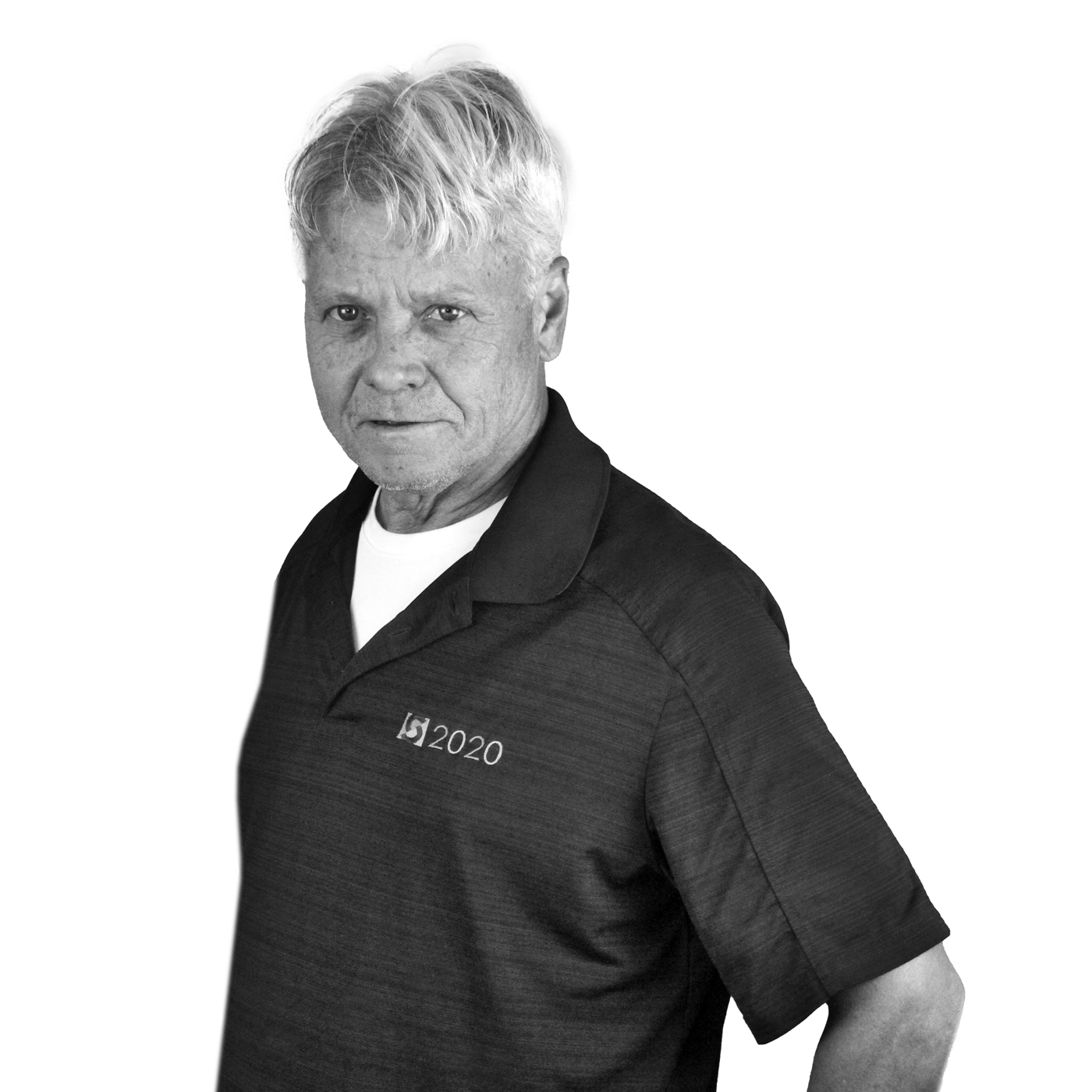The Advantages of LEED Designed Lab Casework
It seems almost everyone and everything has gone green these days, and with talk of climate change continually in the media, it’s little wonder why. While you might remember your commitment to a greener world when you’re composting or using the water in your rain barrels, it can be a bit tougher to see how to incorporate it as you sit on the planning committee of a new lab. Even in educational and commercial laboratories across the country, though, going green can play a factor, and LEED designed lab casework can help you meet that goal.
There are lots of terms associated with today’s green revolution, and LEED is one of many. The acronym actually stands for Leadership in Energy and Environmental Design, and it is part of an initiative by the U.S. Green Building Council to help encourage professionals to design and build buildings and structures that are a bit more environmentally appropriate. There are a number of different categories within LEED goals including sustainable sites, water efficiency, energy and atmosphere, materials and resources, indoor environmental quality, innovation and design process, and regional priority.
How Does It Apply to Casework?
The casework for that new lab primarily falls into the materials and resources category. In order to get that LEED certification, you’ll want to choose sustainable materials or those that use recycled components to be more ecologically friendly. Still lost as to even how that works? Here are a few examples that may help.
- Those hardwood, veneers, and plywood choices that come from forests that are FSC managed are considered to be fully sustainable. The timber there is rapidly regenerated and the soil and site productivity is carefully protected and managed.
- Steel choices can also be considered green because it can be made from sheet steel that contains scrap material that comes from old cars, appliances, and manufacturing fall off.
Don’t feel limited by going with LEED certification, though. There are still lots of options available to you. The key here is to talk to your designer and project management about your goals. It’s the only way to make sure every scrap of material that goes into your new lab is actually meeting your overall green goals.
The Benefits
Not sure why you should even consider LEED casework for your new lab? There are actually a number of different reasons.
- Tax Credits: There are ongoing tax credits for certified LEED facilities that may help your organization save some money at the end of the year, something that’s certain to make the accounting staff a bit happier.
- Smaller Price Tag: It may seem odd, but LEED materials often come with a far smaller price tag than even traditional materials, helping to put more money back into your project budget.
- It’s Healthier: LEED materials often have fewer associated health problems than more traditional materials today, and that can be an excellent choice for those employees or students who will be in there on a daily basis.
To learn more about LEED certifications and materials, contact your designer or project manager.






























